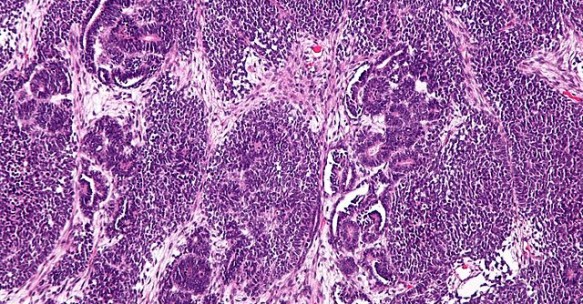
ERC funds nano device to detect early signs of cancer
A new mobile device that allows bladder and kidney cancer to be detected at an early stage is being developed thanks to the funding from the European Research Council.
Professor Wilfred van der Wiel of University of Twente MESA+ research institute in the Netherlands used nanoelectronics to read DNA cells and detect whether bladder or kidney cancer is present. Van der Wiel was recently awarded an ERC Proof of Concept grant that will enable him to translate this basic research into a hopefully commercial application. The €150,000 grant is intended for researchers who have previously received a grant from the ERC and intitative the pre-commercialisation phase of a product, such as applying for patents or setting up a business.
Speaking about the project, van der Wiel said: “In the current situation, we only detect cancer at an advanced stage, when the patient already has symptoms, for example associated with a tumour. In this study we look for DNA where something has changed, i.e. DNA that is covered by the body with methyl groups. In many cancers, excessive methylation of the DNA occurs; this is referred to as hypermethylation. Although medical science does not yet know whether hypermethylation always signifies cancer and in what form, a clear link has been shown.”
Van der Wiel calls his idea the ‘NanoGap sensor’, a gap about 100 nanometres wide (a nanometre is a million times smaller than a millimetre) in an electrode (precious metal) with receptors that raise an alarm in the case of degraded DNA. In the NanoGap Sensor, the hypermethylated DNA is bound to receptors on both sides of the gap. By covering the DNA with metal particles, a live wire on a nanoscale is created that results in a short-circuit and a detectable signal. The researcher specifically focuses on DNA in urine, from which it is possible to ‘read’ whether there is any indication of early-stage bladder, kidney and, in women, cervical cancer.






